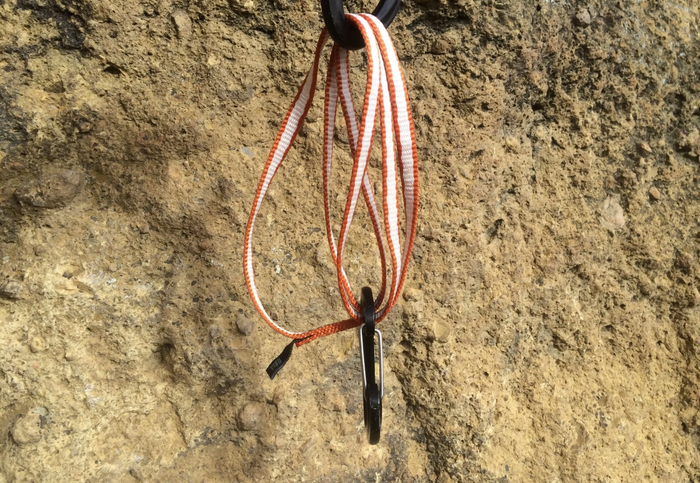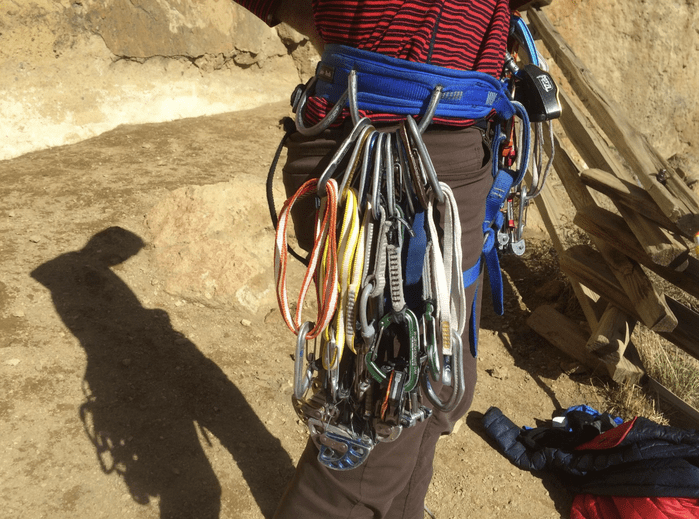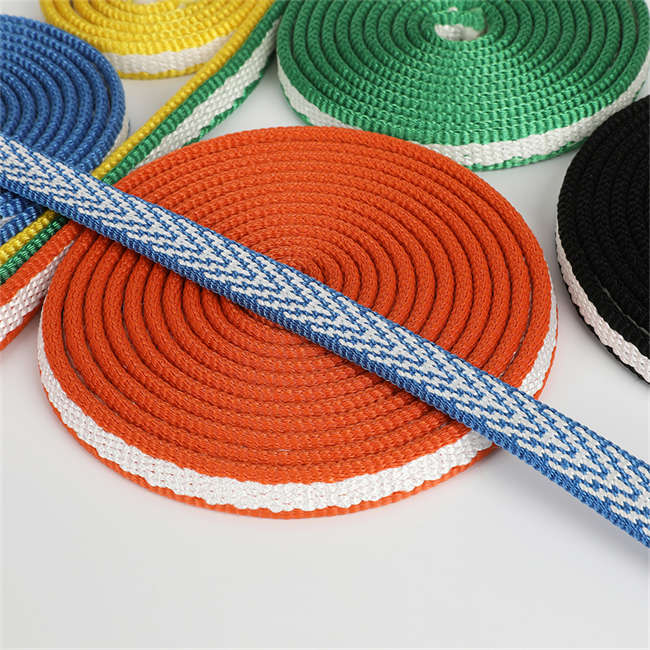by JUDE
Choosing the right climbing sling webbing is an important aspect of climbing safety. Here are some factors to consider when selecting climbing slings webbing:
1.Material: Climbing slings are typically made of nylon or Dyneema. Nylon is more elastic and durable, while Dyneema is stronger and lighter.

2.Width: Climbing slings come in different widths, ranging from 10mm to 25mm. A wider sling can distribute the load over a larger area, making it more comfortable to hang on and reducing the chance of the sling cutting into your skin. However, a narrower sling is lighter and more versatile.
3.Length: Climbing slings come in different lengths, ranging from 30cm to 240cm. The length you need will depend on the type of climbing you will be doing. Longer slings can be useful for anchoring or extending protection, while shorter slings are more versatile and easier to handle.
4.Strength: Climbing slings are rated for strength in kilonewtons (kN). The minimum strength rating for a climbing sling is 22kN, but stronger slings may be required for certain types of climbing.
5.Color: Climbing slings come in different colors, which can be useful for organizing your gear and identifying different lengths of slings.
6.Brand and price: As with all climbing gear, the brand and price of climbing slings can vary. It is important to choose a reputable brand and ensure that the slings you purchase meet safety standards.
When selecting climbing slings webbing, it is important to consider your individual needs and preferences, as well as the specific requirements of your climbing situation. Always consult with a certified climbing instructor or experienced climber if you are unsure about which climbing slings to choose or how to use them safely.



